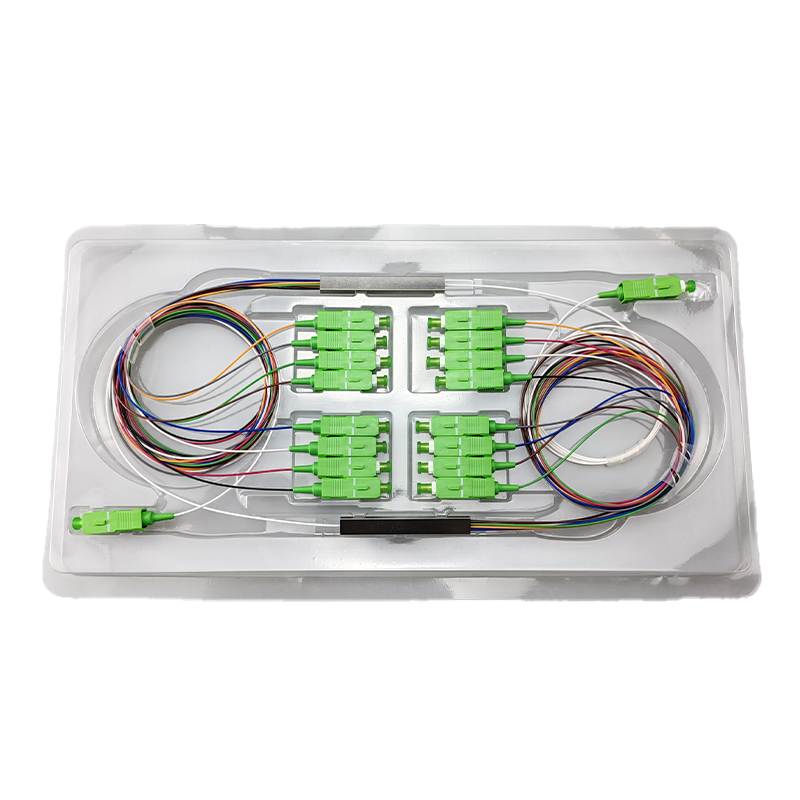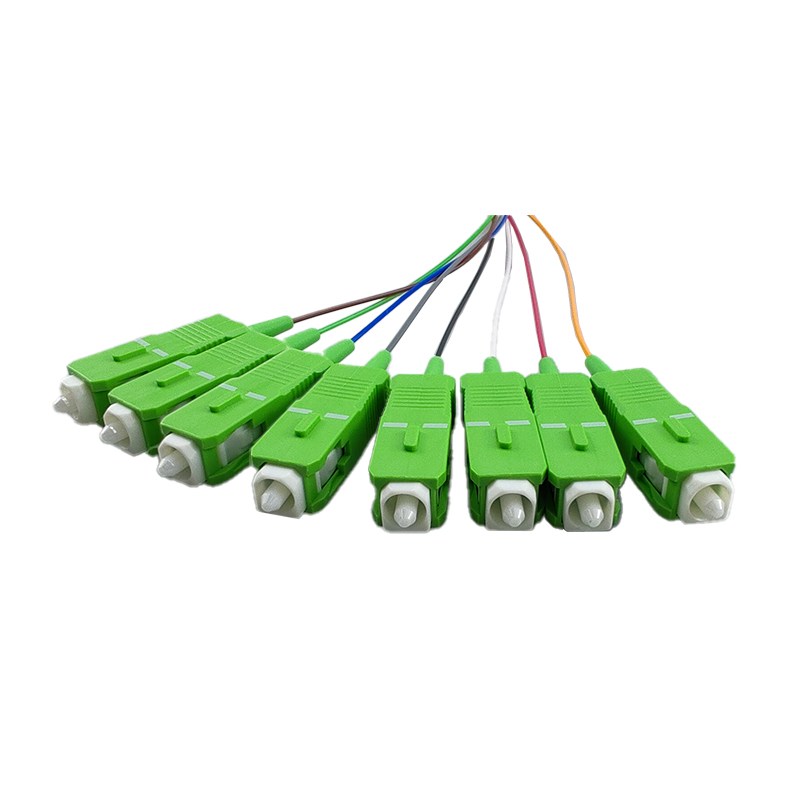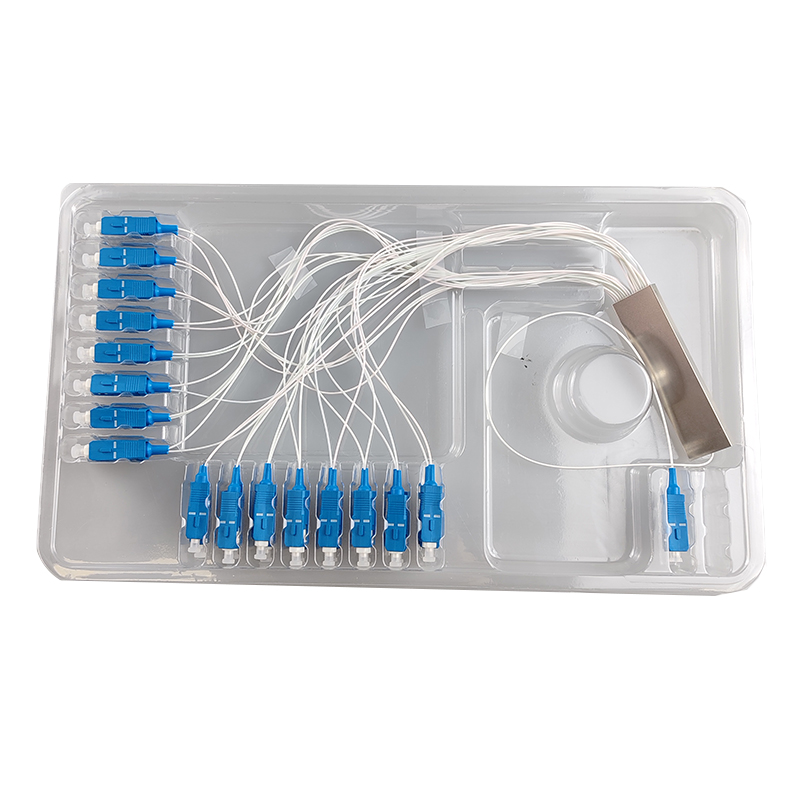What Makes Fiber Optic Splice Closures Essential?

Fiber optic technology has revolutionized how data is transmitted, offering fast and reliable service. In the telecom industry, protecting fiber optic splices is crucial to maintaining network performance. A fiber optic splice closure from Fibertech does this job effectively, safeguarding the delicate connections from damage. These closures ensure the optical signal remains steady and strong, providing a robust communication channel. Utilizing a fiber box or distribution box with a fiber terminal or PLC splitter enhances the longevity and efficiency of fiber internet networks.
Understanding Fiber Optic Splice Closures
Definition and Purpose
What is a Fiber Optic Splice Closure?
A fiber optic splice closure connects and protects spliced fiber cables. It keeps optical fibers safe indoors and outdoors. The closure offers a secure space for splicing and storing fibers, protecting them from harm.
Why are They Used?
Fiber optic splice closures help fiber networks in many ways. They protect spliced fibers, ensuring strong connections. These closures handle tough conditions, making network care easier. They also allow for easy network growth.
Types of Fiber Optic Splice Closures
Dome Type
The dome type has a round shape. This design protects against moisture and dust. Dome closures work well underground and in the air.
Inline Type
The inline type has a rectangular shape. This design makes it easy to install along the cable's length. Inline closures fit both underground and aerial setups.
Aerial Type
The aerial type is made for overhead use. It can handle different weather conditions, keeping spliced fibers safe in the air.
Underground Type
The underground type can survive tough underground conditions. It protects against moisture, dirt, and other harmful things, perfect for buried cables.
Key Features of Fiber Optic Splice Closures
Durability and Protection
Material Composition
Fiber optic splice closures use strong materials. These include tough plastics and metals. This makes sure fiber splices stay safe for a long time.
Environmental Resistance
Fiber optic splice closures can handle tough conditions. They resist water, dust, and temperature changes. This keeps them working well in different places.
Capacity and Scalability
Number of Splices Supported
Fiber optic splice closures can hold many splices. Some can handle dozens of splices. This is good for big networks.
Future-Proofing Considerations
Fiber optic splice closures let networks grow easily. They make it simple to add more connections later. This keeps the network up-to-date.
Ease of Installation and Maintenance
Installation Procedures
Fiber optic splice closures are easy to install. Technicians follow simple steps to set them up. Clear instructions help make it quick and easy.
Maintenance Best Practices
Regular checks keep fiber optic splice closures working well. Technicians should look at them often. Cleaning and checking for damage helps them last longer.

Uses of Fiber Optic Splice Closures
Telecom
Long-Distance Communication
Fiber optic splice closures are key for long-distance calls. They keep spliced fibers safe from water and dirt. This keeps the signal strong over long distances. Fiber networks need these closures for fast data transfer. Good connections are crucial for telecom services.
Local Area Networks (LANs)
LANs benefit from fiber optic splice closures too. These closures make secure links in small areas. LANs use fiber optics for quick and steady communication. Closures help keep the network strong, ensuring no service breaks.
Data Centers
Managing Many Fibers
Data centers need to manage many fibers well. Fiber optic splice closures help organize lots of connections. They save space and keep cables tidy, which is important for data centers.
Keeping Services Running
Data centers must always work without stopping. Fiber optic splice closures protect fibers from harm, keeping data flowing smoothly. These closures help avoid downtime, which is vital for good service.
Industrial and Military Uses
Tough Conditions
Industries and military often face hard conditions. Fiber optic splice closures give strong protection in such places. They handle extreme heat, pressure, and dirt, ensuring reliable communication.
Safe Communication Lines
Safe lines are crucial for military and industry uses. Fiber optic splice closures keep spliced fibers secure from hacks or damage. This ensures sensitive info stays safe and lines stay reliable.
Choosing and Maintaining Splice Closures
Picking the Right Closure
Needs for Different Uses
Choosing the right fiber optic splice closure means knowing what you need. Different places need different closures. For example, telecom networks often need strong outdoor closures. Fibertech has many choices for these needs. Aerial setups use aerial type closures, while underground ones need underground type closures. Each kind keeps spliced fibers safe and signals steady.
Budget and Cost
Money matters when picking a splice closure. Good closures might cost more at first but save money later. They cut down on repairs and stop network problems. Fibertech offers good deals without losing quality. Strong closures last longer, saving money in the long run.

Maintenance Tips
Regular Checks
Regular checks keep fiber optic splice closures working well. Technicians should look at them often to make sure they are okay. Inspections find small problems before they get big. Fibertech says regular checks help keep networks running smoothly.
Fixing Common Problems
Fixing common problems fast helps the network work again quickly. Water, dirt, and damage are usual issues. Technicians should clean and dry the closures as needed and replace broken parts quickly to avoid more trouble. Fibertech gives tips for fixing problems well.
Fiber optic splice closures are very important for keeping networks strong. They shield spliced fibers from things like weather, making sure the signal stays steady. Fibertech has good options for different uses, like telecom and fiber internet. Choosing the right closure means looking at how tough it is, how many fibers it can hold, and how easy it is to take care of. Setting them up correctly and checking them often makes them work better. Buying good splice closures helps networks stay efficient and reliable for a long time.
See Also
Choosing the Right Data Center Solutions: Key Factors to Consider
Understanding Different Types of MPO Breakout Cables
How to Choose the Best FTTH Fiber Optical Telecom Solutions
About US
Follow Us
AnetFiber company's main products are indoor and outdoor optical fiber cables, outdoor waterproof pre-connected fiber-to-the-home products, PLC optical fiber splitters, optical fiber jumpers and pigtails, MTP®/MPO high-density big data product solutions, optical fiber field quick connectors and research and development molding, injection molding and production of optical fiber distribution boxes, optical fiber chassis cabinets, the market has expanded to the world, Europe, America, Asia, the Middle East and Latin America.
Address
Shenzhen City, Baoan District, Yanluo Street, Tangxiayong Community, Yangyong Industrial Road, Tonggangda New Energy Vehicle Park 406
Contacts
+86 199 2655 3586

